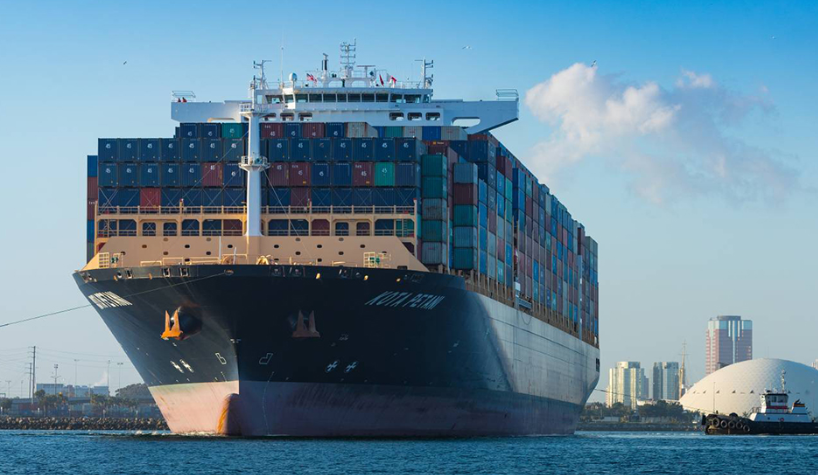Logistics

January 20, 2018
January Weather Disrupts Shipping
Written by Sandy Williams
The year is beginning with numerous weather-related disruptions to shipping. Ice in the Great Lakes region has made loading of iron ore difficult, freezing port equipment and the ore itself. Sources report carriers on the Great Lakes will be expediting ore shipments to the steel mills that were shorted, once the Soo Locks reopen in March.
Unusually cold temperatures across the country brought challenges to barge traffic on the nation’s rivers. Ice conditions on the Upper Mississippi and Illinois rivers forced some barge lines to suspend operations until the weather improves. Warmer temperatures are forecast for the coming week, but normal tow size is not expected to resume for another 15-20 days, said MID-SHIP Group.
Winds in the Gulf are expected to cause delays during the weekend in the East and West Canals on the Gulf coast. Last week the Houston port and ship channel was shut down for nearly two days due to severe weather conditions. MID-SHIP said Houston pilots advised that an estimated 120 vessels are waiting entry to the port of Houston. Freezing conditions have played havoc with water lines in Houston and made overpasses treacherous for traffic. More than 200 vehicle crashes were reported on icy roads in the region.
Truck shipments encountered hazardous winter driving conditions in the Southeast and Northeast last week, but conditions are expected to improve this week as higher temperatures move in. Load-to-truck ratios surged early in the month as truckers took extended holiday vacations after the ELD Mandate went into effect and shipping slowed from snowstorms.
Tight capacity pushed rates up before the holidays and kept increasing in January. As of Jan. 13, rates began edging downward for vans, reefers and flatbeds, but DAT Trendlines says spot rates are “still higher than at any point in 2017.”
The flatbed load-to-truck ratio declined 16 percent during the week of Jan. 7-13, from 64.6 to 53.7 loads per truck. Spot rates dropped one cent to a national average of $2.42 per mile during the week. Spot rates per mile averaged $3.75 in the Northeast, $2.53 Southeast, $3.03 in the Midwest, $2.65 in the South, and $2.24 in the Western region. Diesel fuel prices averaged $3.02 per gallon on Jan. 15, according to the Energy Information Administration.
The Association of American Railroads reports total U.S. weekly rail traffic for the week ending Jan. 13 was 511,937 carloads and intermodal units, a 0.5 percent increase from the same week last year. Carloads totaled 241,351, down 4.1 percent compared with the same week in 2017, while U.S. weekly intermodal volume increased 5 percent to 270,586 containers and trailers.
Global dry bulk cargo volume was up nearly 5 percent last year, according to MID-SHIP. Vessel daily hire rates were the highest seen since 2013 with time charter rates per day averaging $22,000, $12,000, $10,700 and $9,400, respectively, for Cape size, Panamax, Supramax and Handy size vessels.
“Looking forward, we continue to see a strengthening global economy and freight market, bolstered global steel demand and the resulting iron ore and met coal demand,” writes MID-SHIP Group. “China continues as a catalyst and ‘X’ factor in the freight market. Environmental restrictions on production and strong domestic steel consumption in China has stimulated a broad-based increase in global steel as China reduces exports and consumers worldwide look elsewhere to source steel products.”
The Baltic Dry Index on Dec. 11, 2017, closed at 1743 and as of Jan. 18 slipped to 1,139. BDI tracks dry-bulk rates based on vessel size and shipping route and is used as a benchmark for overall trade volume.

“Stronger worldwide economic outlook bodes well for the freight market in 2018,” says MID-SHIP. “Look for more grain action and a continuation of increased aluminum related ore trade volume. While keeping an eye on China to continue to play a major role, look as well elsewhere in Asia for improving numbers.”






